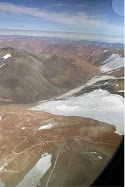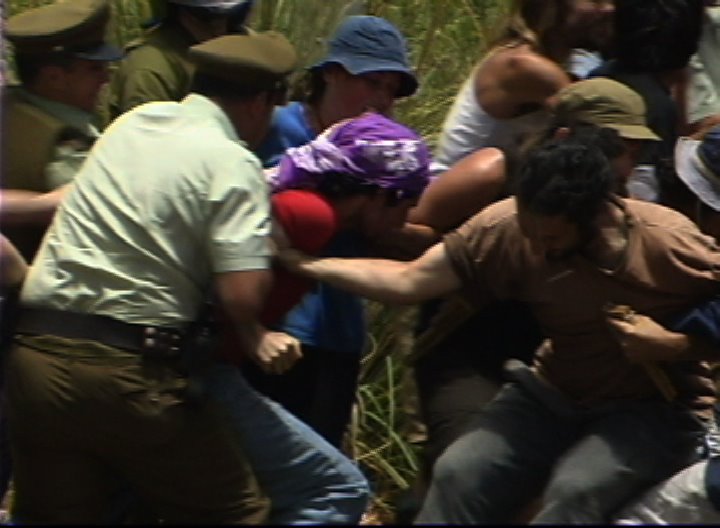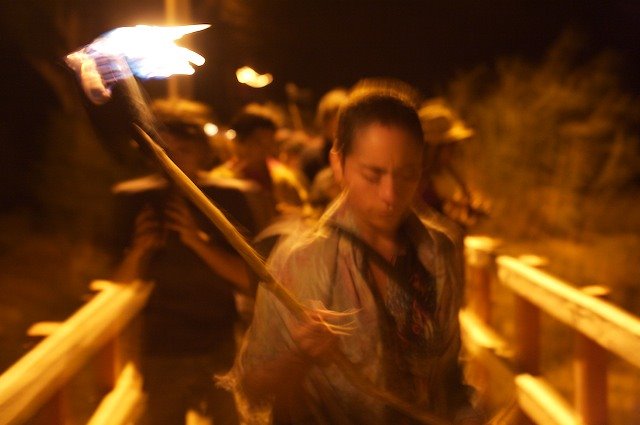
 |  |
| | |
| Chile and Argentina's failure to reach an agreement on procedures for the controversial Pascua Lama mining project have jeopardized four other bi-national mining projects between the two nations, representing an investment of over US$5 billion, reported Chilean daily La Tercera this weekend. As the first bi-national mining initiative to ever occur in Chile, Canadian company Barrick Gold’s Pascua Lama project was meant to set the administrative groundwork for future exploitation of the gold and mineral rich areas straddling the border. The controversial project, first proposed 20 years ago, has been delayed for two years and counting, as Argentina and Chile continue to haggle over tax revenue allocation issues (ST August 18). The other projects hanging fire due to the delay in the Pascua Llama deal, according to El Mercurio’s report, include the Tenke Mining and CVRD’s Las Flechas project, Xstrata Copper’s Pachón project, Lundin and Jogmec’s Vicuña project and the hitherto paralyzed Amos Andrés project with Río Tinto. All of these mining initiatives are taking their lead from Pascua Lama, and Chile and Argentina's failure to come to a concrete agreement is spooking investors. Still, the obstacles for the mining initiatives have not included consideration of the large-scale environmental damage the projects entail, nor grassroots resistance to the projects (ST May 8). Though approved by Chile's National Environmental Commission (CONAMA), the Pascua Lama project involves mining under glaciers, which have already been severely damaged by Barrick’s preliminary development work. The communities downstream also face the long-term contamination of their sole water supply, resulting in Barrick’s US$60 million “pay off” to the local downstream communities to keep them in line. While the company refuses to comment, rumors within the mining sector have it that Barrick is considering cutting its losses with the bi-national agreement and making the mine exclusively on the Chilean side, which is where 80 percent of the current site lies. SOURCES: LA TERCERA By Colette Bernasconi ( editor@santiagotimes.cl) |





No comments:
Post a Comment